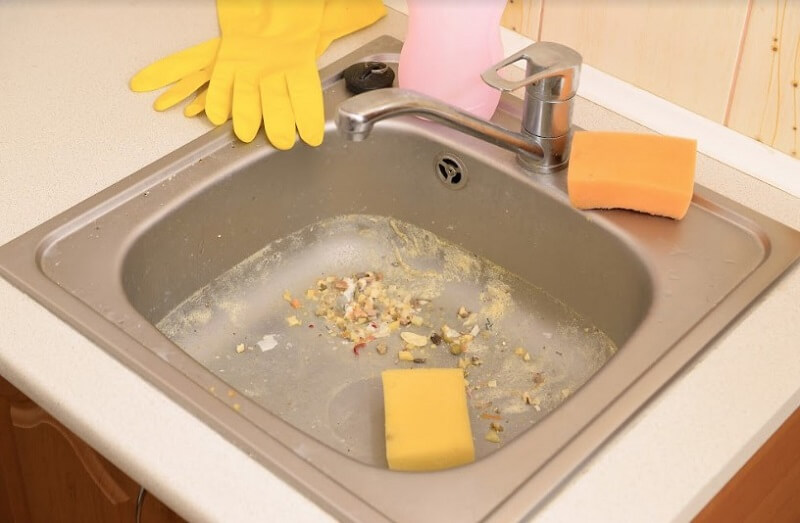Clogged sinks and drains are probably one of the most common plumbing problems affecting homeowners. They mainly stem from soap residue, solid waste, and food debris build-up. As industry expert Dan’s Plumbing on Twitter would say, dealing with clogs is certainly not a lot of fun. Fortunately, clogged drains and sinks are one of the most manageable issues you can resolve on your own.
However, they would still need proper handling to fix them successfully. Hence, you may need experts to restore your clogged sinks and drains if you don’t have any experience with plumbing. But if you do, you can proceed with the tips below on unclogging drains and sinks at home.
Use Boiling Water
When grease, soap residue, hair, and other small, solid waste get stuck in your drains, pouring boiling water can help loosen and dissolve them. It’s also the easiest fix, especially if you’re guilty of disposing of oil and grease down your kitchen sink. For this method, you need to bring enough water to a boil.
Once boiling, you may pour it down the drain. Let it sit for a few minutes and check if the water drains more smoothly. If it’s still slow-draining or standing still, repeat the process. However, don’t use boiling water if you have a PVC pipe attached to your drain since it could damage or melt the plastic.
Plunge Away
If boiling water doesn’t do the trick, the good old plunger can help forcefully loosen blockages in your shower drain or sink. Experts suggest using a flat-bottomed plunger for sinks and drains, but if you only have the toilet plunger, then it should be fine. Fill the sink with boiling water until half full. Then, place the plunger over your drain and start pumping. After a few pumps, check if the water drains. If not, repeat the process until it drains more smoothly.
Use Homemade Drain Cleaner
Store-bought chemical cleaners may provide an instant fix to drain clogs, but it doesn’t last long. Plus, it eats away at metal pipes, which shortens their lifespan. So, it’s best to use natural alternatives to chemical drains. Fortunately, natural drain solutions often comprise ingredients already in your kitchen—baking soda and vinegar. To use this method, you first need to remove standing water from your sink. Then, pour a cup of baking soda into your drain. Use a spoon to push it down the drain. Next, pour a cup of white vinegar. This should create a bubbling effect as the white vinegar reacts to the baking soda. Let the mixture sit for 10-15 minutes. After that, pour hot water down the drain to break more intense clogs. If it doesn’t remove the clog entirely, but you’re seeing progress, repeat the process until it loosens completely.

Check Your Garbage Disposal
If your kitchen sink has a garbage disposal, it might be the culprit for the clogs and drainage issues. If the clog is in your garbage disposal, you simply need to turn it on to break up build-up debris. If you turn on your garbage disposal and hear a low humming sound, your unit could be broken or jammed. Disconnect the power to the unit and try to break up the clog in the disposal by turning the blades manually using an Allen wrench. Continue twisting until there’s less resistance. You can also check the user manual to learn troubleshooting tips to unclog your garbage disposal unit. Once unclogged, you can turn it on and test it again. If all sounds and looks good, turn the faucet on to see if the drainage is back to normal.
Try a Plumber’s Snake
For stubborn clogs, you should try using a plumber’s snake. You can buy one at your local hardware store or consider renting one. This tool has a coiled spiral snake reaching down into your drain. Once it hits a block, you simply crank it to loosen the debris and pull it out. If you don’t have this tool, you can make one with a wire hanger. Regardless of the tool you use, keep pulling out the debris until the blockage is gone. Then, pour hot water down the drain to clear residual debris.
Takeaway
As you can see, unclogging your drains and sinks at home shouldn’t be difficult. In case you find yourself waiting for slow-draining sinks or faced with accumulated water due to clogs, consider the above methods to quickly remove, dissolve, or loosen any build-up residue and debris in your drains. But if you don’t have any experience with plumbing or don’t have the time to do the procedures, consider calling a professional.

